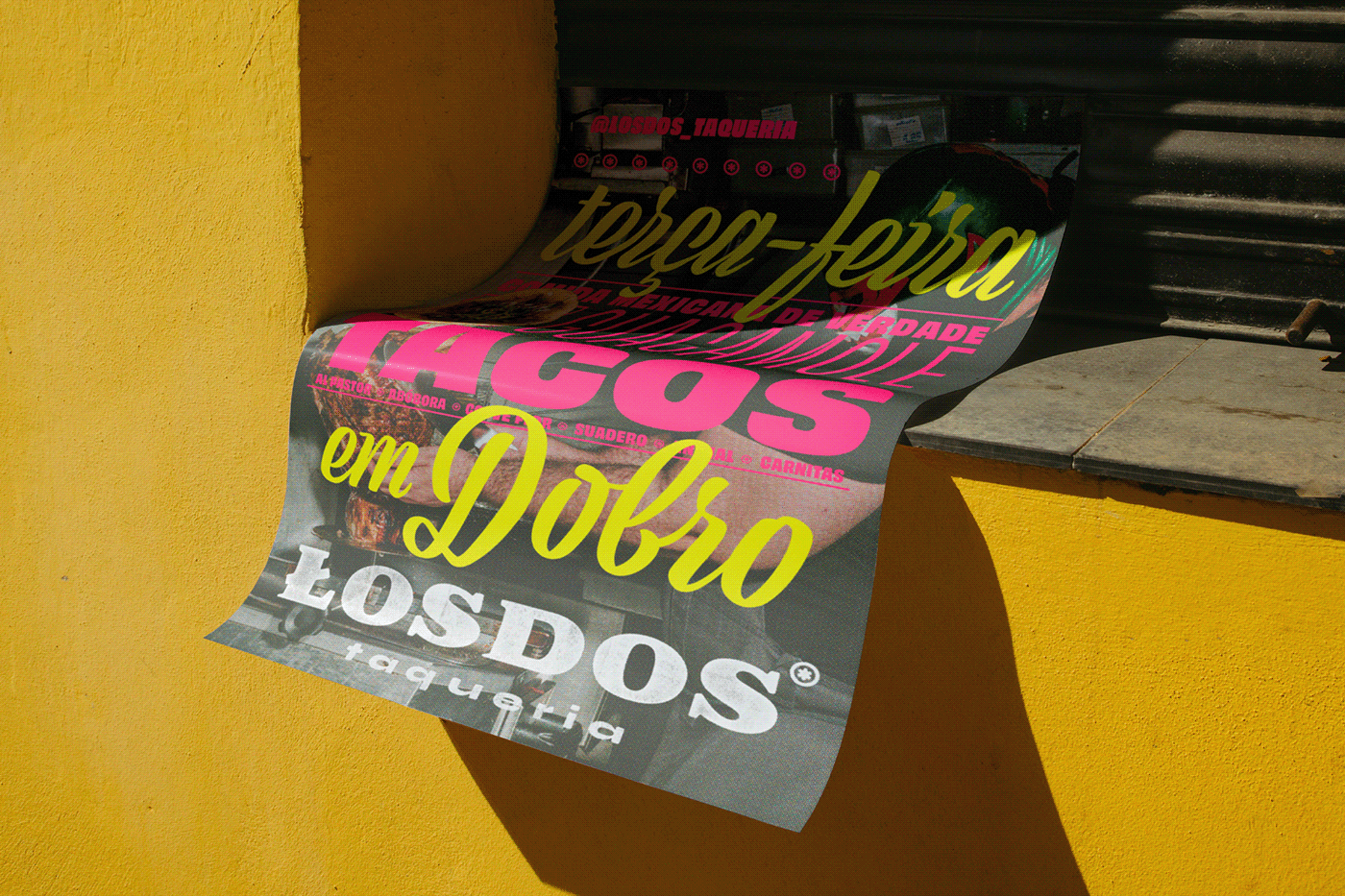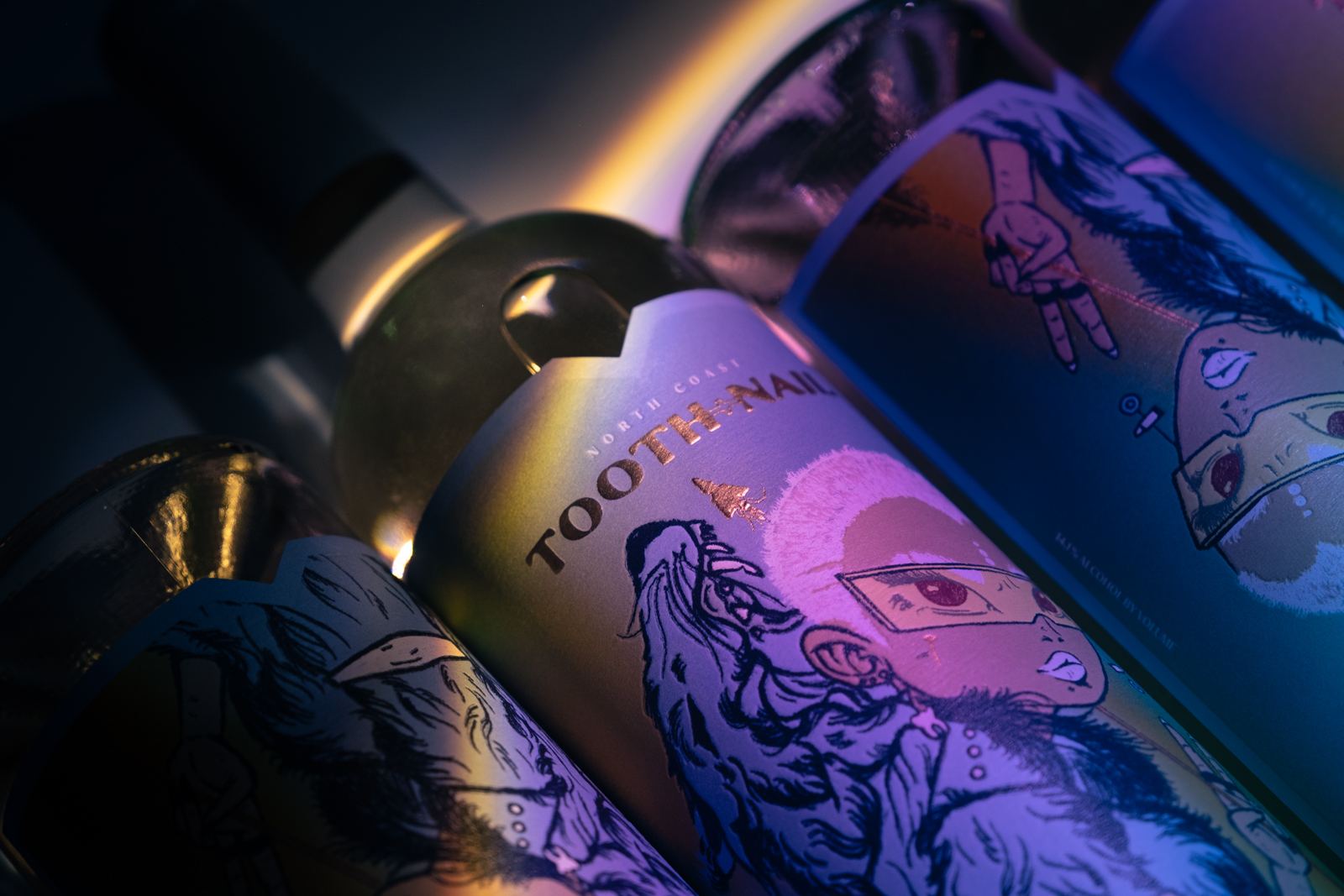Yesterday I had the honor of speaking with Alexander Kaufman from the Huffington Post about TGI Friday’s new promotion (AYCE Appetizers for $10) and the ramifications of it on their brand. You can check out the article here. The article covers a lot of my opinions which were naturally shared by other restaurant experts, but I wanted to take the time to flesh out the key points a little deeper.
For those that don’t know, TGI Friday’s launched a new, aggressive promotion where customers can get all the appetizers they can eat for only $10. It’s analogous to the slimy used car salesman. TGI Friday’s is pandering, peddling and pushing it’s low quality food at any cost. “What’s it gonna take to get you into an appetizer today?!” They might as well put a inflatable flailing arms guy out front of every location.
Although the promotion seems like it’s in the same vein as other promotions they’ve run*, I truly think its a last ditch effort to stave off the inevitable. TGI Friday’s is failing and so are other old-line casual restaurants. Casual FSRs are hurting for business for a number of reasons:
- Processed and frozen food that’s not that good and definitely not good for you
- An atmosphere that’s not unique and devoid of the attitude it once had
- A sinking concept and business model that the market no longer wants
We all grew up eating at Casual FSRs whether it’s an Olive Garden, Applebee’s or Ruby Tuesday. These approachable restaurants touting fun-times popped up all over the place decades ago what seemed out of nowhere. Their rapid growth was driven by a number of factors, one in particular being the ability to create processes that controlled consistency from location to location.
You could go to a Friday’s in New York and have the same experience you’d have in Florida. The food would be the same, the people, atmosphere, etc. This assembly line approach to creating a restaurant experience was the foundation for rapid growth. Unfortunately, like most fads, it reaches and extreme pinnacle, then the wave breaks leaving only the strongest concepts.
That was all well and good for the major players, but what came next couldn’t have been forecasted. The farm to table craze hit the US market. Awareness around fresh ingredients and produce grew. Processed foods were/are demonized and the rush towards eating better skyrocketed. Now eating “healthy” isn’t about dieting, it’s about eating fresher across the board. Terms like “all natural”, “locally sourced” and “responsibly grown” entered the vernacular of the masses.
As a result, the very thing which built the backbone of the Casual FSR behemoths is what’s crushing it. People don’t want processed foods. They don’t want to eat frozen garbage that’s dropped in a fryer. It doesn’t matter how cheap you make it, it further pushes the quality into the gutter in the consumer’s mind. It also doesn’t help that they sell their apps in a freezer at the grocery store.
The atmosphere of TGI Friday’s was always a zany, high energy, fun-time spot. Jokes about the amount of flare worn even made it into cult films like Office Space. It was a spot to go in the neighborhood because the other spots were run down independent bars that were smoky, dingy and depressing. Casual FSRs brought a clean spot with a great vibe and changed the game.
However, with growth comes dilution of the restaurant’s brand. TGI Friday’s can’t be a neighborhood spot because neighborhoods have attitude, character and personalities that are different from anywhere else. TGI Friday’s is the same at every location.
Independents and new small chains built on the fast casual format have sprung up with amazing atmosphere that has new character and authentic personality. These guys are fulfilling a need with which TGI Friday’s, nor Applebee’s with its forced local wall art, can compete.
The fast casual format alone has eliminated the need or desire for a full service casual experience. New fast casuals serve craft beers, craft cocktails and amazing food. They meet the markets demands for fresher ingredients and more sophisticated flavor profiles. What’s more is this format can keep prices low on the food because there isn’t the need for a large staff.
The traditional FSR model is slowly dying for the casual space. Unfortunately, the only way these slow casual restaurants will change is the game is with a full overhaul of the business model, operations and food. A strong brand identity will always help (At least Friday’s has that going for them, just have a look at the image above), but it’s not going to prevent a dated business model from suceeding.
What are your thoughts on the promotion and the future of TGI Friday’s and/or the slow casual restaurant model?
* – TGI Fridays ran a promotion pushing 2 for $20 in 2012.







2 Responses
Even 15 years ago, people were demanding fresher food. When I started working at John Harvards Brew House where we made everything in-house – sauces, etc. The minute corporate began dictating pre-packaged food, the business suffered – and soon closed.
Great story! I think the ramifications of eating that type of food have proliferated throughout the masses. I’m sure the move to pre-packaged changed the actual taste which caused John Harvard’s decline. What’s happened since that time is people KNOW WHY it tastes worse and these SCRs all carry the stigma of packaged food garbage.